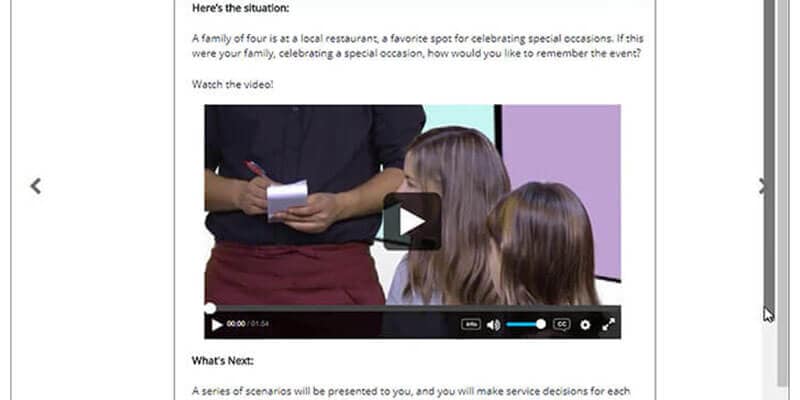Whether you teach online, in-person, or a hybrid format, you can regularly take the temperature of your class and quickly adjust your teaching strategies based on how your students are learning. Here are five easy techniques we’re using to evaluate our classes throughout each lesson and the entire semester.
1. Watch for understanding
Read the room. You’re most likely already doing this. Observe and interpret cues from body language and facial expressions or written language by monitoring discussion board interactions.
If your class is broken into smaller groups, all having their own discussion, it can quickly get chaotic and hard to monitor the learning going on. You can easily assess the room using the +1/-1 count method. As you observe the groups either by walking around the classroom or monitoring the chat, keep a running tally. When someone recalls or applies a lesson correctly that’s plus one, and when you hear a misunderstanding that’s minus one. Then choose a number (minus 3 for example), and, when you reach it, bring the group together for a quick reset.
2. Ask questions
Gain insights by regularly asking your students questions that gauge student understanding and detect any misconceptions. You can also do this at the end of a lesson by asking students to come up with three highlights and a question they still have.
When students are the ones generating questions it gives you an idea of what misconceptions are out there. Are there any concepts that many students are still struggling to grasp? You can use that info to address those things in upcoming lessons.
3. Confidence check in
Ask for student feedback often and let them know you actually use it to make the learning experience better. Most teachers (us included) stop in the middle of a lesson and ask if there are any questions but that assumes that the students who have questions feel comfortable enough to admit they may be the only one who doesn’t understand something.
Instead, you can ask everyone to put fingers up showing their comfort level with the content (one finger for no confidence, two for low confidence, and three for high confidence). This gives you a quick sense of how the class is doing. You can also do it online with surveys and poll features.
4. Scan data
Make use of any available metrics you have at hand to notice trends in student engagement. For instance, learning platforms like the ones within Pearson’s MyLab® flag struggling students early on.
Is there an upward or downward trend? Are students spending more time than usual on a certain topic? If students are dropping off, are they returning to the activity later? Also take note of everything around you like interactions on discussion boards and the types of questions you have coming your way.
5. Be deliberate
Every interaction with students in any context can provide valuable insight, so you should craft interactions to inform student learning and your own teaching. You should always be assessing, adjusting, and adapting strategies as you learn about your students.
Remember, be deliberate as you watch, ask, check in, and scan for insights so you can help your learners and improve your teaching strategies.
Deeper understanding
Take a deeper dive into these strategies with our webinar. Watch the recording to learn more and don’t miss the answers to questions that came up during our live Q&A.










